Fantasy is a central component for most video games. As players, we love to envision ourselves as these heroic characters who tackle terrifying monsters and mystifying puzzles.
Of course, “fantasy” is the keyword here. You have to suspend your disbelief and pretend that you’re a bulging barbarian or a wizened wizard even if you’re really just a bored office worker.
What if you could actually put yourself in the game, though? That’s the goal of the new technology called Wonder Painter, created by Chinese company Xiaoxiaoniu Creative Technologies. And while this technology is poised to change gaming, it is built on an idea that has been evolving for more than two decades.
What Is Wonder Painter?
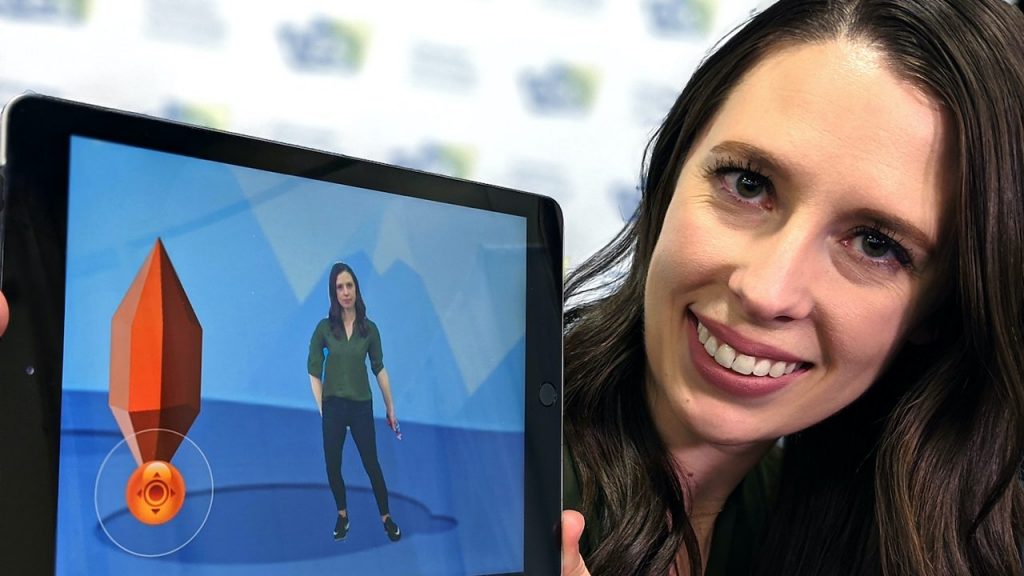
Wonder Painter bills itself as more of an app than a video game. Nonetheless, it was designed with gaming in mind.
The app developers claim that you can take a picture of anything and turn it into animation. From there, a world of possibilities opens up. For example, you can use these animations in a variety of games, or simply create movies starring yourself and your friends.
Are you more of an artist than a photographer? The app also lets you convert 2D drawing into 3D images!
How Does Wonder Painter Work?
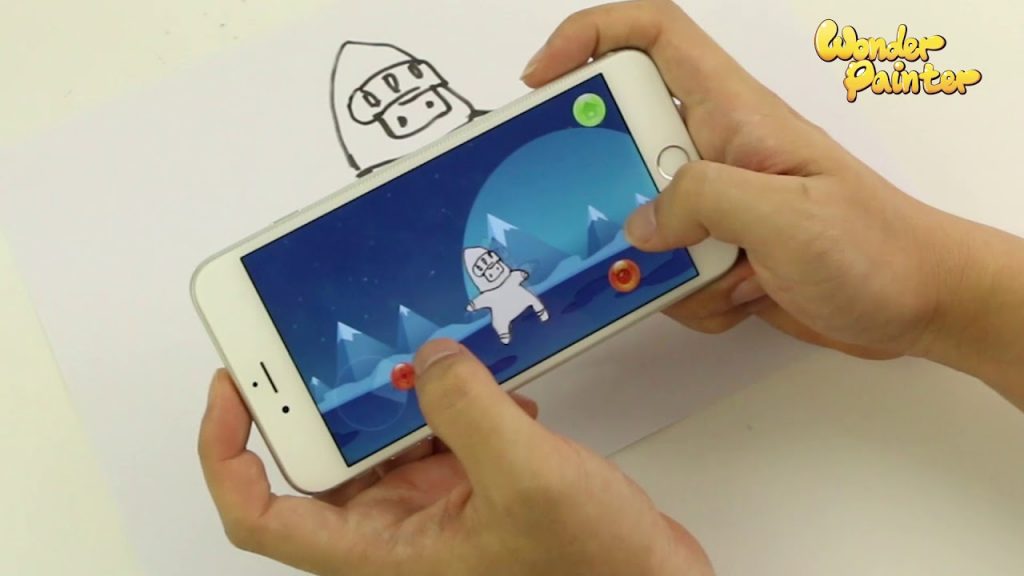
For skeptical gamers, this may sound too good to be true. How can an app instantly turn a single image into a variety of wild animations?
This tech basically takes a bunch of technological innovations and smashes them together. Things like artificial intelligence, machine learning, and computer vision all combine to create something new.
If your eyes glazed over at the tech talk, don’t worry: this app was designed from the ground up to be user-friendly.
User-Friendly
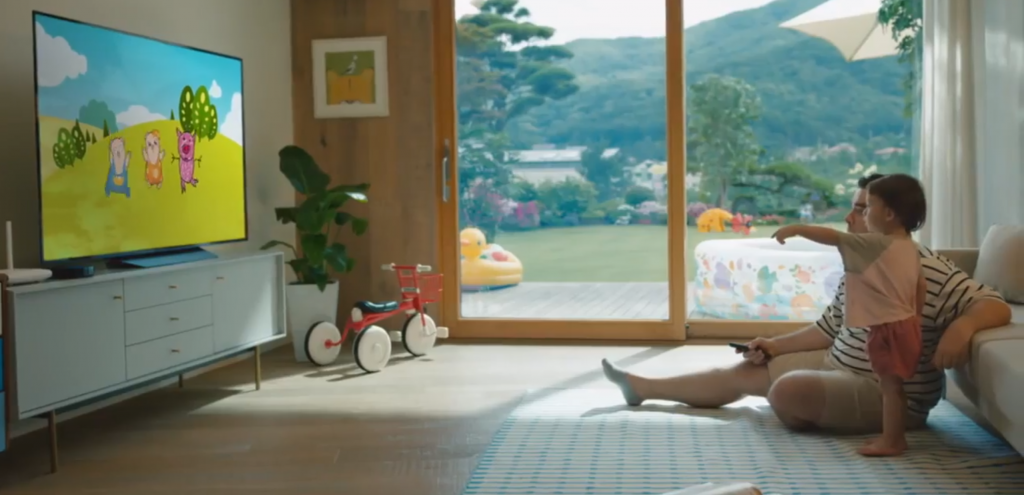
What is the highest compliment you can pay to any new technology? Three little words: “it just works.”
It’s true that computer gurus have been able to make things like this happen for a while. And we’ve even seen the scary applications of this in the form of things like “deepfakes.”
With Wonder Painter, though, you don’t need to be a computer guru to make magic happen. In fact, it’s already happened in South Korea. There, LG has a smart TV service, and they introduced the Wonder Painter technology back in 2018.
Because of that, over two million people have had access to this revolutionary technology. They have created some amazing games and stories, but the best is yet to come.
In the U.S., we’re still waiting for a widespread release, though you can request trial access now. To pass the time, you might take a stroll through the video game technology of yesteryear. Why? Because we’ve been trying (and failing) to put players inside video games for 22 years!
Here is a detailed history of scanning players into video games:
The Game Boy Camera
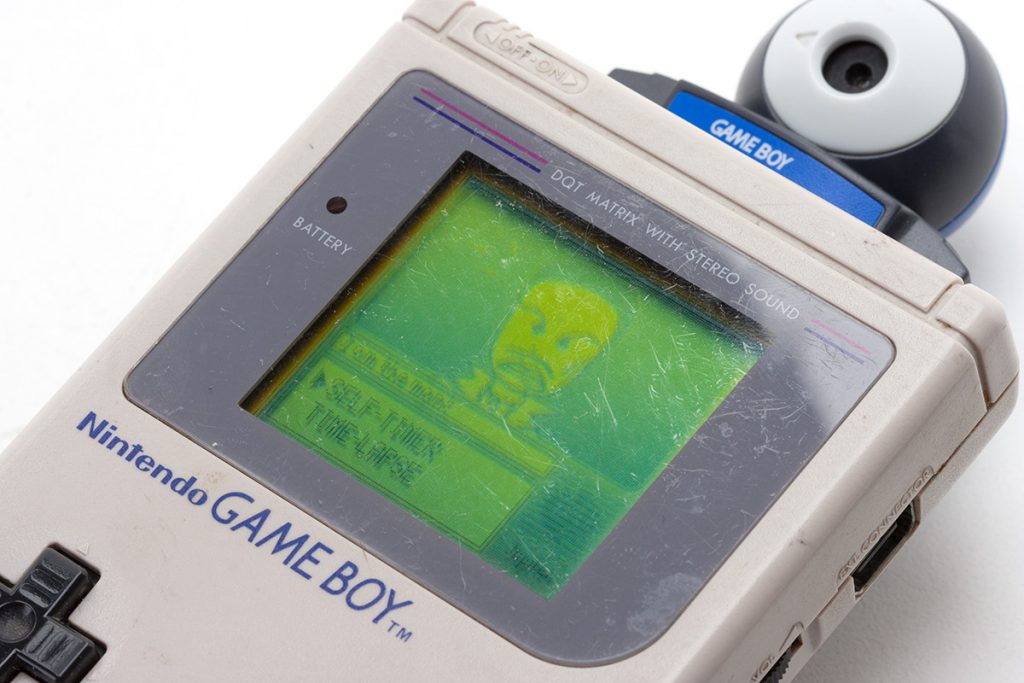
It’s easy to look down on the Game Boy Camera. By our standards, it’s a terrible camera. And it was developed for the original Game Boy — a system that was already old when this camera was new.
However, this thing was revolutionary upon its release in 1998. It was the world’s smallest digital camera at the time. And it let you take selfies before we even had a word for “selfie.”
You could edit photos and even share them (sort of) with the Game Boy printer. But the actual games used weird pre-programmed faces instead of players. As a bonus, the Game Boy Camera also included weird jump scares for no reason at all!
N64: The Feature That We Almost Had
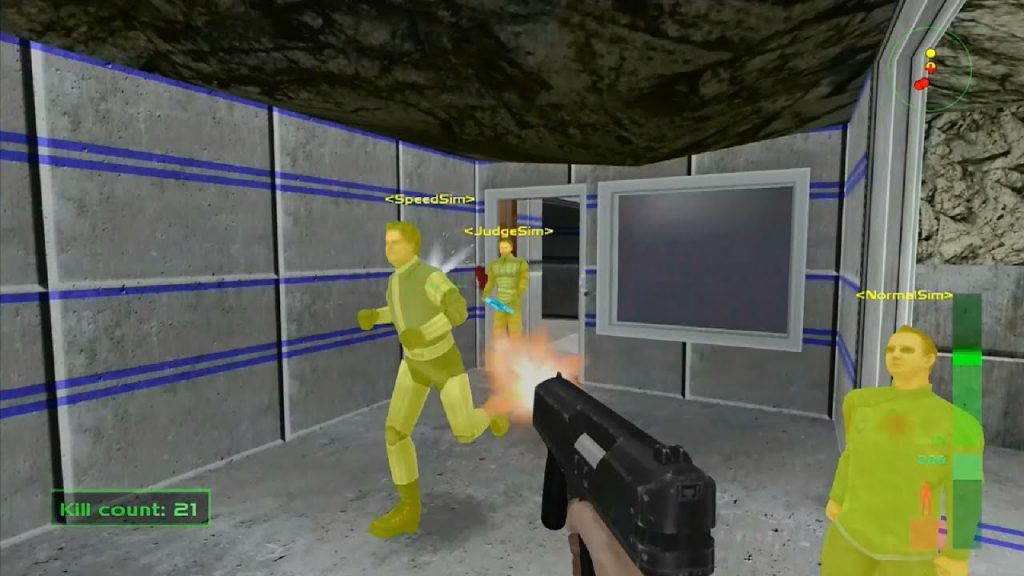
Long before the Switch, Nintendo kept trying to find interesting ways for their home consoles to link up with their portable consoles. Because of this, we came very close to getting an awesome feature on the Nintendo 64.
Perfect Dark was Rare’s followup to their revolutionary Goldeneye game. And like the previous game, most players preferred to kill each other in multiplayer instead of navigating the campaign mode.
Before Perfect Dark came out, developers worked out a way to transfer Game Boy Camera images to the cartridge. Players could then use those images inside the multiplayer mode.
The end result? You could actually put your face (and your friends’ faces) on different models before blasting one another.
Sounds cool, huh? But this feature did not make it to the final game, which came out in 2000. This may have had to due with anything from privacy concerns to the 1999 Columbine school shooting (which was still a pretty recent event). Either way, players would never get to try this out.
The Kinect
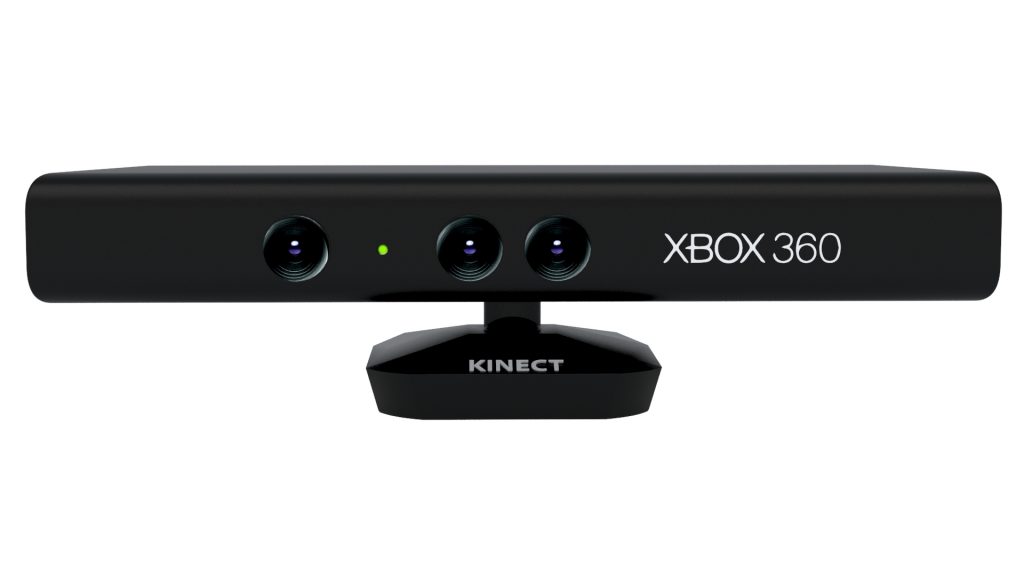
The Kinect was Microsoft’s big foray into camera-based gaming. For both the 360 and the Xbox One, the Kinect could scan faces and bodies and integrate players into games in some intriguing ways.
Sadly, this usually fell short of making players feel like they were truly part of the game. Features like snapshots (which took embarrassing photos in the middle of the action) were funny, but not really interactive. And within most games, players were usually represented by cartoonish avatars and silhouettes.
Ultimately, the Kinect was a failed gaming experiment that fell by the wayside.
PlayStation Camera
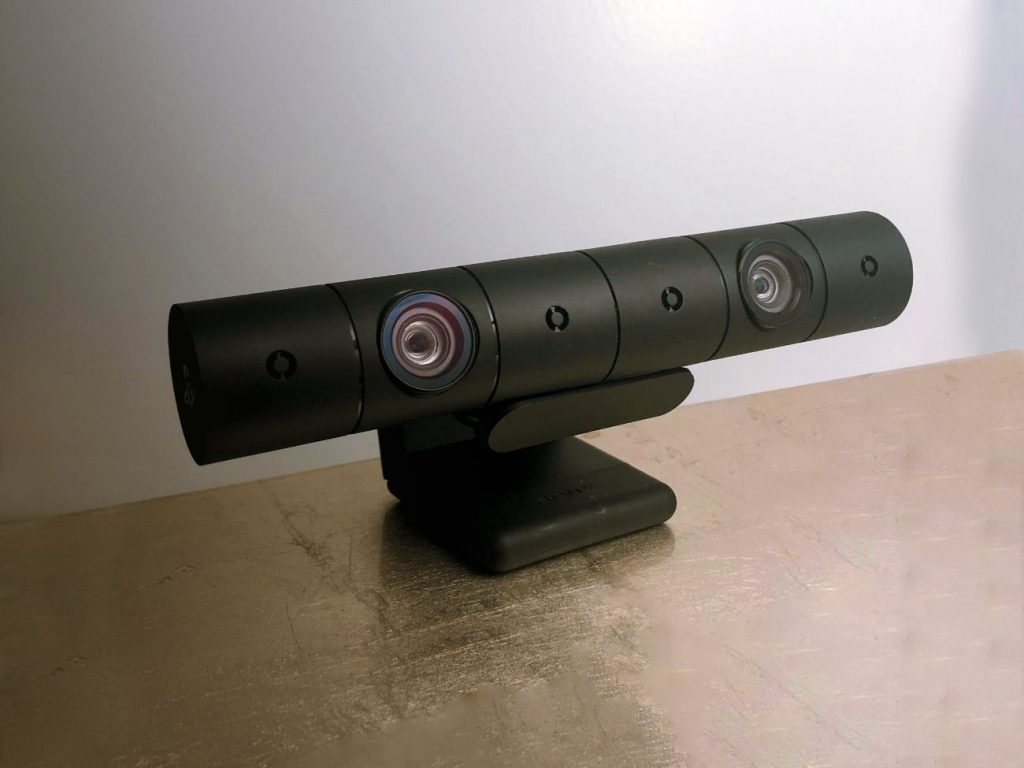
At first glance, you would expect the PlayStation Camera to put players front and center in more video games. Unfortunately, it was more like the Kinect, with the camera (and Move controllers) helping players control digital avatars onscreen.
We got the occasional “player in game” experience via games like SingStar. However, Sony eventually realized the best way to put players into the game was through an immersive first-person experience. Hence, the evolution (and surprising success) of the PlayStation VR.
Nintendo DSi
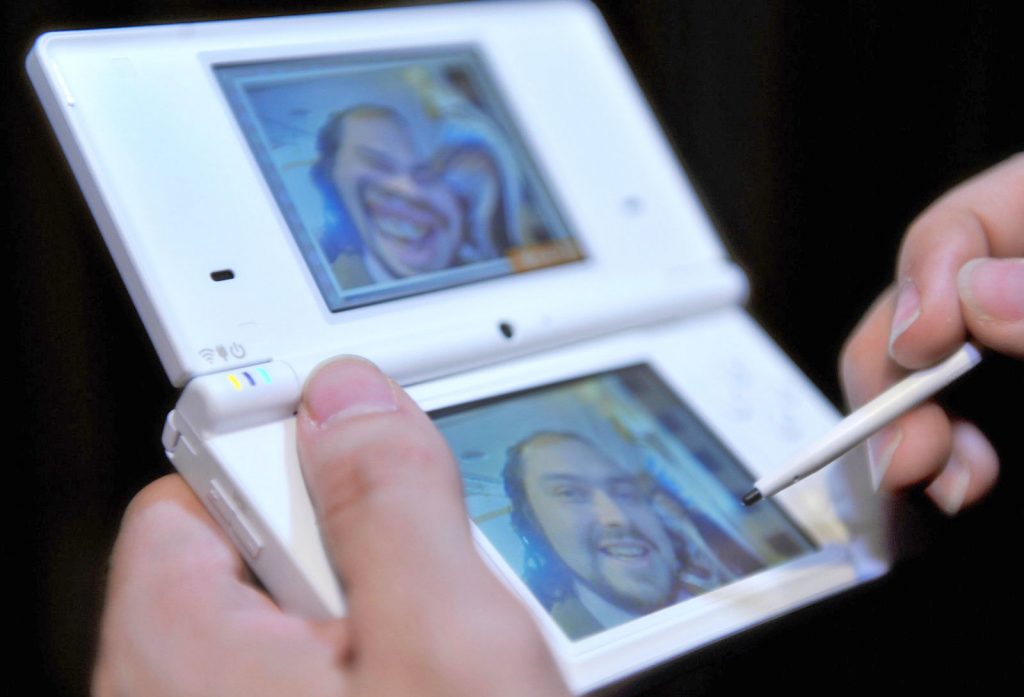
Nintendo has a business model built on releasing constantly-improved versions of the same hardware. The challenge is to add improvements that will enhance gameplay without breaking the bank.
That is perhaps why they came full circle with the Nintendo DSi camera in 2009. Much of its functionality felt like an upgraded Game Boy Camera: players could take and edit photos and even upload them to Facebook via the system.
There were a handful of games that took advantage of the camera. Games like Hidden Photo let you turn yourself and your home into a game. However, the camera was never really supported and quietly died off as a feature for Nintendo handhelds.
Category: Articles


